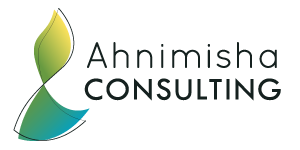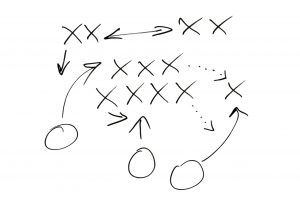Retooling is a common practice in the manufacturing industry where resources are constantly being updated to comply with changing expectations. While the practice is considered business as usual for the production floor, it is new to the office where the most diverse workforce in history is prompting companies to rethink employee policies and practices. Spawned by four vastly different generations operating in the same space, managers are beginning to “retool” employee practices to effectively engage, empower, and motivate the new multi-generational workforce.
Employee engagement begins with management, and the generational diversity in today’s labor force requires managers to vary their approach by employee demographic. Traditional managers are learning to adapt their personal style more than ever before to engage with direct reports whose expectations differ significantly. Taking performance feedback as an example, Traditionalists operate under the no news is good news principle and don’t consider feedback a priority. Millennials on the other hand, are likely to ask for feedback delivered electronically whenever they want it. Baby Boomers want scheduled feedback (with detailed documentation) once a year, and Gen Xers prefer instantaneous and immediate feedback upon completion of an assignment. One size does not fit all anymore and widespread employee engagement requires a tailored approach for each employee demographic.
Empowered employees are necessary for success, and successful companies know that empowerment begins with communication. Employees feel respected and valued when leadership is transparent and forthcoming with information. Effective communication for today’s workforce requires a multi-generational approach with various distribution channels. Each generation receives communication a little differently with embedded cultural norms ranging from personalized, detailed letters to email broadcasts, text messages, and scrolling media banners. Almost every venue and distribution channel utilized over the past 100 years may still be appropriate, so for managers to land the message with everyone, they have to deploy multiple communication methods tailored to each employee-audience.
Motivated employees are happy, productive, people who want to come to work because the environment they operate in is well-suited to their needs. Encompassing everything from career advancement opportunity to work space lighting, the work environment is the single most significant factor in employee satisfaction and one of the hardest to address with today’s multi-generational workforce. It’s all about employee practices, which can be a huge issue since practices suited to the needs of Baby Boomers and Traditionalists are the very antithesis of what motivates Gen Xers, and may very well lead Millennials to seek a job elsewhere. Once again, the answer seems to be a tailored one as companies are evolving traditional practices with a varied approach that better suits the diverse needs of the new workforce.
Engaged, empowered, and motivated employees is a challenge with every workforce, but four generations with vastly differing expectations just took that challenge to a whole new level. The situation is somewhat complex, but successful managers are finding that the answer can be simple. Understand and respect the diversity in your workforce, and tailor your practices to suit the needs of every employee demographic. When employees are satisfied across the board, generational challenges diminish, innovation and productivity soar, and diversity becomes a competitive advantage.





